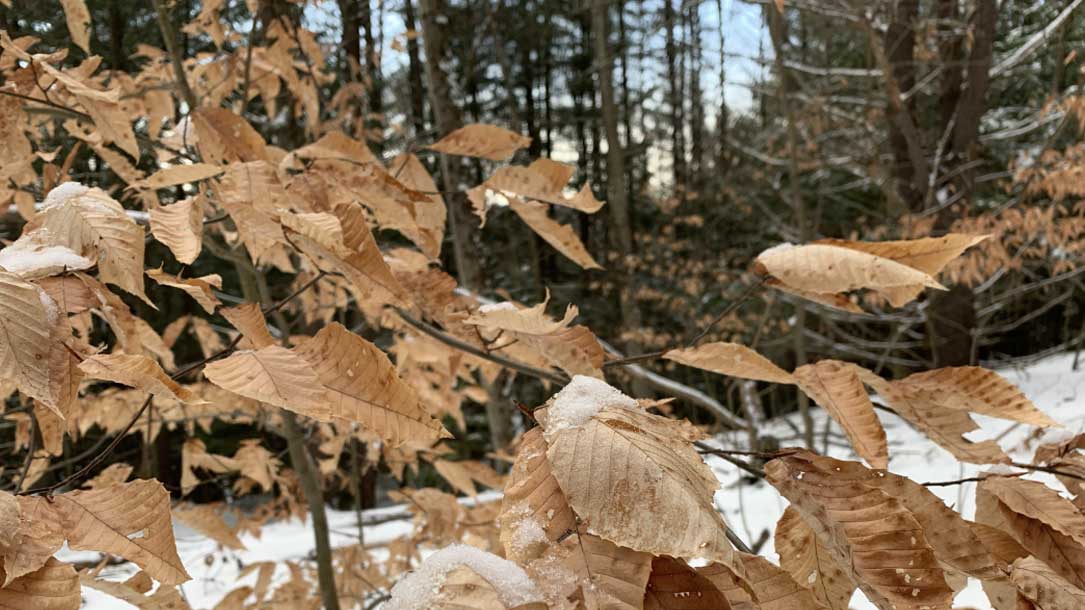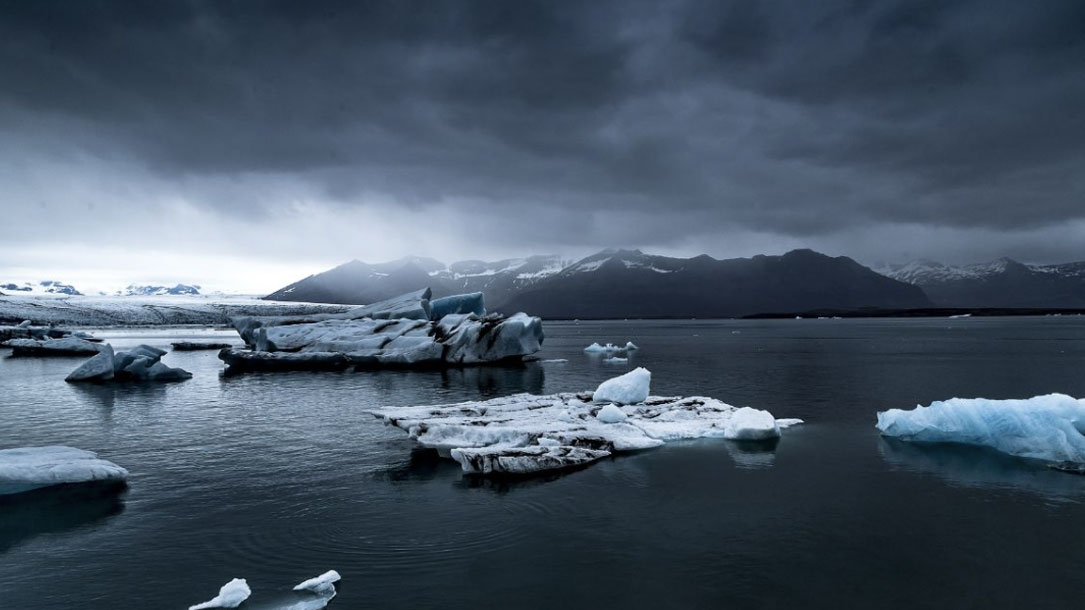
North American Grasslands Conservation Act brings restoration partnerships to the prairie
Last summer, Senators Ron Wyden of Oregon and Michael Bennet of Colorado introduced the North American Grasslands Conservation Act, which will provide resources to farmers, ranchers, and Tribes to voluntarily take steps to prevent the loss of grasslands and, when possible, restore them. Now, in the 118th Congress, lawmakers are considering additional updates to this bill and a bipartisan introduction in both the House and Senate is on the horizon.
This bill will create a voluntary, incentive-based grant program that focuses on partnering with private landowners — the stewards of their lands and waters — to conserve and restore grasslands across the country. The availability of grants is designed to be flexible, as the needs of one landowner to conserve grasslands will vary greatly across the nation: restoration of degraded grasslands, mitigating the threats of wildfire and drought, restoring watersheds, and improving the health of rangelands are among the many eligible activities for such grants…

Report: New England forests can do more to combat climate change
“What this report shows is how with even moderate changes in land-use practices we can increase the amount of carbon sequestered and stored in our landscape. To me, as I watch us fail to meet nearly every emissions reduction target, the case for including New England forests in our policy discussions just gets stronger and stronger. These are things we can do today and they come with a range of other benefits that are good for all of society”…

Alley cropping case studies in Appalachia
The Natural Resource Conservation Service (NRCS) describes alley cropping as having several conservation purposes, including reducing surface water runoff and erosion, improving soil health, altering subsurface water quantity or water table depths, enhancing wildlife and beneficial insect habitat, increasing crop diversity, and increasing carbon storage.
Much like agrivoltaics with crops and/or cattle, the combined farming practice can increase overall yields and benefits. Plus, funding may be available. The case study focuses on Appalachia but could be emulated elsewhere.

New York City’s greenery absorbs a surprising amount of its carbon emissions
A study of vegetation across New York City and some densely populated adjoining areas has found that on many summer days, photosynthesis by trees and grasses absorbs all the carbon emissions produced by cars, trucks and buses, and then some. The surprising result, based on new hyper-local vegetation maps, points to the underappreciated importance of urban greenery in the carbon cycle…

Ancient grasslands guide ambitious goals in grassland restoration
Grasslands, which constitute almost 40% of the terrestrial biosphere, provide habitat for a great diversity of animals and plants and contribute to the livelihoods of more than 1 billion people worldwide. Whereas the destruction and degradation of grasslands can occur rapidly, recent work indicates that complete recovery of biodiversity and essential functions occurs slowly or not at all. Grassland restoration—interventions to speed or guide this recovery—has received less attention than restoration of forested ecosystems, often due to the prevailing assumption that grasslands are recently formed habitats that can reassemble quickly. Viewing grassland restoration as long-term assembly toward old-growth endpoints, with appreciation of feedbacks and threshold shifts, will be crucial for recognizing when and how restoration can guide recovery of this globally important ecosystem.

Study shows worsening wildfire smoke is unraveling decades of air quality gains
Wildfire smoke now exposes millions of Americans each year to dangerous levels of fine particulate matter, lofting enough soot across parts of the West in recent years to erase much of the air quality gains made over the last two decades.
In late September, Stanford University researchers published this study that found residents of Western states were exposed to a 27-fold increase of harmful particulate matter pollution, known as PM2.5, between 2006 and 2020 as wildfires intensified.

The world’s forests do more than just store carbon, new research finds
Researchers from the U.S. and Colombia found that, overall, forests keep the planet at least half of a degree Celsius cooler when biophysical effects — from chemical compounds to turbulence and the reflection of light — are combined with carbon dioxide…

Keeping cattle on the move and carbon in the soil
The Obrechts stand at the forefront of an emerging collaboration between ranchers, conservation groups, and governmental agencies that aims to protect, restore, and revitalize the United States and Canada’s prairies — or what’s left of them…
Researchers estimate that grasslands could contain as much as 30 percent of the carbon stored in the Earth’s soil. Plowing them in order to plant crops releases large amounts of that carbon into the atmosphere…

As Congress funds high-tech climate solutions, it also bets on a low-tech one: nature
[B]eyond those headline-making investments, the legislation acknowledges a less-heralded but essential part of the effort to combat climate change: nature. Or, more precisely, that given a chance, nature can be a profound ally in the fight against climate change…

Climate change drives rapid decadal acidification in the Arctic Ocean from 1994 to 2020
The Arctic is warming at a rate faster than any comparable region on Earth, with a consequently rapid loss of sea ice there. Qi et al. found that this sea ice loss is causing more uptake of atmospheric carbon dioxide by surface water and driving rapid acidification of the western Arctic Ocean, at a rate three to four times higher than that of the other ocean basins. They attribute this finding to melt-driven addition of freshwater and the resulting changes in seawater chemistry.












